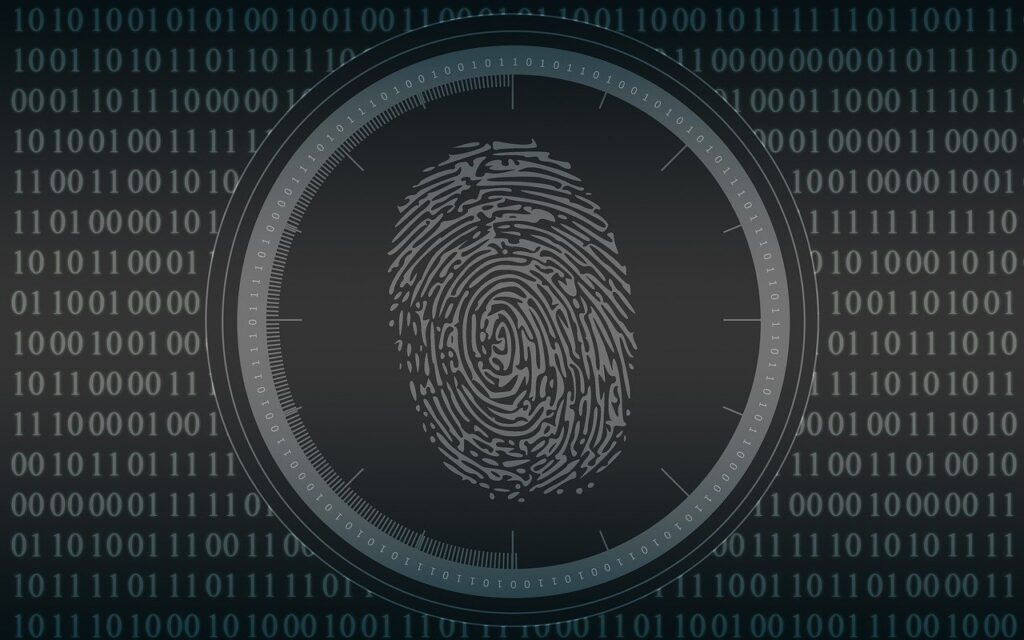Are you noticing a surge in discussions about email authentication recently? There’s a good reason for that – the alarming rise of phishing as a significant cybersecurity threat. Phishing remains the leading cause behind data breaches and security lapses, a trend that has persisted for years.
A significant transformation is underway in the realm of email, driven by the necessity to combat phishing scams. Email authentication is swiftly becoming a prerequisite for email service providers. It’s imperative for your online presence and communication strategies to adapt to this evolving landscape.
Google and Yahoo, titans in the email service domain, have initiated a new DMARC policy effective as of February 2024. This policy mandates email authentication, particularly targeting businesses utilising Gmail and Yahoo Mail for communication.
But what exactly is DMARC, and why has it suddenly gained such prominence? Don’t fret; we’ve got you covered. Let’s delve into the realm of email authentication and explore why it’s more crucial than ever for your business’s security.
The Menace of Email Spoofing
Imagine receiving an email seemingly from your bank, urging you to take immediate action. You click on a link, provide your details, and just like that, your information is compromised. This nefarious tactic is commonly known as email spoofing, where scammers disguise their email addresses to appear as legitimate entities or organizations. They often impersonate businesses’ email addresses to dupe customers and vendors, posing grave risks such as financial losses, reputational damage, data breaches, and loss of future business opportunities. Regrettably, email spoofing continues to proliferate, underscoring the critical importance of email authentication as a defensive measure.
Understanding Email Authentication
Email authentication serves as a mechanism to verify the legitimacy of emails, encompassing validation of the sending server and reporting unauthorized usage of a company domain. This process relies on three primary protocols, each serving a distinct purpose:
- SPF (Sender Policy Framework): Records the IP addresses authorized to dispatch emails for a domain.
- DKIM (DomainKeys Identified Mail): Enables domain owners to digitally “sign” emails, thereby validating their authenticity.
- DMARC (Domain-based Message Authentication, Reporting, and Conformance): Furnishes instructions to receiving email servers, guiding them on how to handle SPF and DKIM checks’ outcomes, while also alerting domain owners to potential domain spoofing.
SPF and DKIM serve as protective layers, while DMARC furnishes vital information crucial for security enforcement, deterring scammers from exploiting your domain name for spoofing endeavours.
The Significance of Google & Yahoo’s New DMARC Policy
Google and Yahoo have long provided spam filtering services, albeit with lax enforcement of DMARC policies. However, their recent implementation of a stringent DMARC policy marks a significant leap in email security. Effective February 2024, the new rule mandates businesses sending over 5,000 emails daily to adopt DMARC. Additionally, both companies have formulated policies for entities sending fewer emails, emphasizing SPF and DKIM authentication. Expect continued emphasis on email authentication requirements, necessitating your attention to ensure seamless delivery of business emails.
The Advantages of Implementing DMARC
Embracing DMARC transcends mere compliance with new policies; it offers a plethora of benefits for your business:
- Safeguards brand reputation: DMARC serves as a bulwark against email spoofing scams, safeguarding your brand image and customer trust.
- Enhances email deliverability: Rigorous authentication guarantees that legitimate emails reach recipients’ inboxes instead of languishing in spam folders.
- Furnishes invaluable insights: DMARC reports furnish detailed insights into how different receivers handle your emails, aiding in issue identification and bolstering your email security posture.
Taking Action: Implementing DMARC
Given the escalating concerns surrounding email spoofing and security, deploying DMARC is imperative. Here’s how you can kickstart the process:
- Familiarize yourself with your DMARC options.
- Engage with your IT team or IT security provider for guidance.
- Regularly track and adjust your DMARC implementation to optimize its efficacy.
Need Assistance with Email Authentication & DMARC Monitoring?
DMARC serves as just one facet of the broader email security landscape. It’s imperative to fortify your email authentication protocols amidst the evolving digital terrain. Require assistance in implementing these crucial security measures? Reach out to us today to initiate a discussion.



